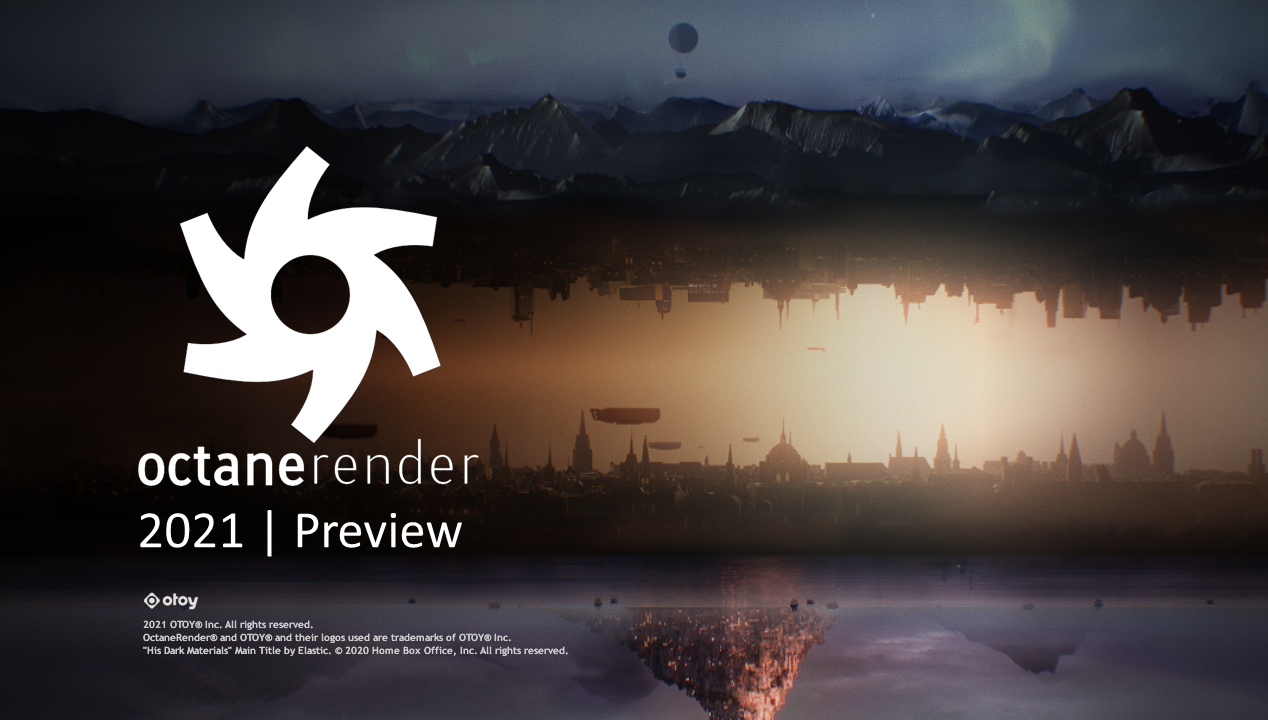

And the price is also a con of it because Octane licenses cover only one application. Users will take the time to learn this render engine for proficient use. No rendering engine is easy for beginners. The tags augment Cinema 4D’s native camera and lights, and then a few other objects that offload processor-intensive tasks directly to the GPU.īesides the pros, Octane render Cinema 4D has some cons.Within Cinema 4D, the user has a full material system that can be edited in the Material Editor or the Node Editor.

It is a great function that few render engines have. With Live Viewer, users can see a rendered scene in almost real time. Octane provides a real-time render viewport window (Live Viewer).This tutorial will show how to use transform, transform/vertex modes, and vertex speed modes, and setups include motion blur for character deformations, objects parented to the camera, and motion blur for fluid sims.Here are some reasons why many artists agree that Octane is one of the best render engines for Cinema 4D. In this quick tip for Cinema 4D and Octane Render, David Ariew will show you his standard settings for motion blur in Octane, as well as what to do when motion blur errors or stops working entirely. New to 3D? Watch my FREE Cinema 4D Lite for the 2D Animator series What You’ll Learn in This Video: Want to see more tutorials from David? Be sure to show him some love, follow him on Twitter, Instagram and Facebook and leave some comments in the comments section & let us know about any Octane tutorials you’d like to see in the future! Learn how to apply motion blur in Cinema 4D using Octane Render, as well as several scenarios where motion blur will break and how to fix it.


 0 kommentar(er)
0 kommentar(er)
